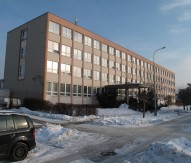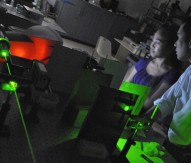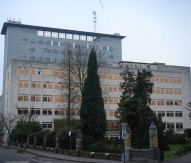
Photonics supply chain developed
Europe is strongly positioned to design and manufacture volume silicon photonics devices due to the success of the HELIOS programme, according to its project co-ordinator. CEA-Leti chief executive Laurent Malier said the €8.5m European Commission project was a complete design and fabrication supply chain for integrating a photonic layer with a CMOS circuit, using microelectronics fabrication processes.
Malier commented: “It is strategically important for Europe to maintain photonic chip-design and chip integrating functions to compete with other countries and to encourage innovation by European microelectronics companies.”
“HELIOS’ success in creating the essential building blocks for integrating photonics with CMOS circuits and making the process available to a variety of users underscores the key role that broad European technological co-operation plays in a very competitive global business environment.”
The HELIOS project, launched by the Commission in 2008 as a joint venture between 20 companies in several member states, also demonstrated a complete design flow, integrating both silicon photonics device design and electronic/photonic system design in an EDA-compatible framework.
Thomas Skordas, head of the European Commission’s photonics unit, added: “The technology roadmap of silicon photonics becomes clearer now. Europe will have to move fast to become competitive in this new field.”
The industrialisation of silicon photonics will feature under the Industrial Leadership pillar of Horizon 2020 and is seen as being potentially cost effective and key to developing optical telecommunications in microelectronic circuits, which may reduce cost in applications such as optical communications and optical interconnections between semiconductor chips and circuit boards.






